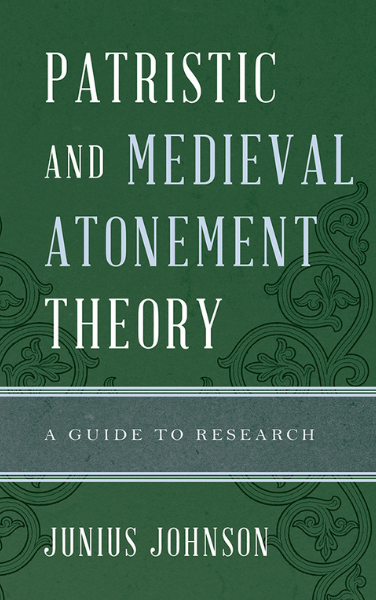Patristic and Medieval Atonement Theory
A Guide to Research

The notion of atonement, a process by which humans are made right before God, is central to the logic of Christian theology. In spite of this, major thinkers in the Christian traditions have held vastly different understandings of both the way atonement works and what it means. These differing accounts have become intellectual traditions which continue to influence both academic theology and spiritual practice today. In spite of the strong dependence of much contemporary thought on early ideas, linguistic and cultural barriers often preclude serious study of the original materials.
Patristic and Medieval Atonement Theory takes a close look at the doctrines that depend on and influence views of atonement in order to make clear what place atonement occupies within the larger system of Christian theology. Johnson also considers key concepts and tensions within the doctrine of atonement itself, which may be emphasized or glossed over to create the shape of particular doctrines. Johnson’s guide briefly discusses major figures in the development of Christian doctrines of atonement to the end of the Middle Ages. Johnson then turns to the major primary and secondary sources and provides an orientation to the rich literature existing on this topic.
The attention given to the anatomy of the concepts involved, the introduction to the ideas of major thinkers, and the survey of available literature makes this an essential guide for students and scholars of Christian theology of any period, as well as those who research the Middle Ages but are not specialists in theology.
Table of Contents
Part I: Atonement Theory Explained
Chapter 1: Introduction to Atonement Theory
Defining the Terms: What is Meant by Atonement?
The Logic of Atonement
Atonement Claims Generated by Reflection on the Nature of Human Sin
Atonement Claims Generated by Reflection on the Nature of Christ
Atonement Claims Generated by Reflection on the Nature of God
Claims Generated Internal to the Doctrine of Atonement
The Tension Within the Doctrine
Chapter 2: Illuminating the Context
Conceptual Continuity and Discontinuity Between Patristic and Medieval Thought
Key Ancient and Medieval Concepts
Doctrine of God
Freedom
A Word About Sacrifice
Scriptural Interpretation
Chapter 3: Christ our Brother: Likeness and Unlikeness in Christ’s Human Nature
Christ’s Likeness to Our Human Nature
Genetic Models of Likeness
Participatory Models of Likeness
Temptation
The Attractiveness of Likeness
Christ’s Unlikeness to Us
Divinity and the One Savior
Super-Excellent Human Nature
The Attractiveness of Unlikeness
